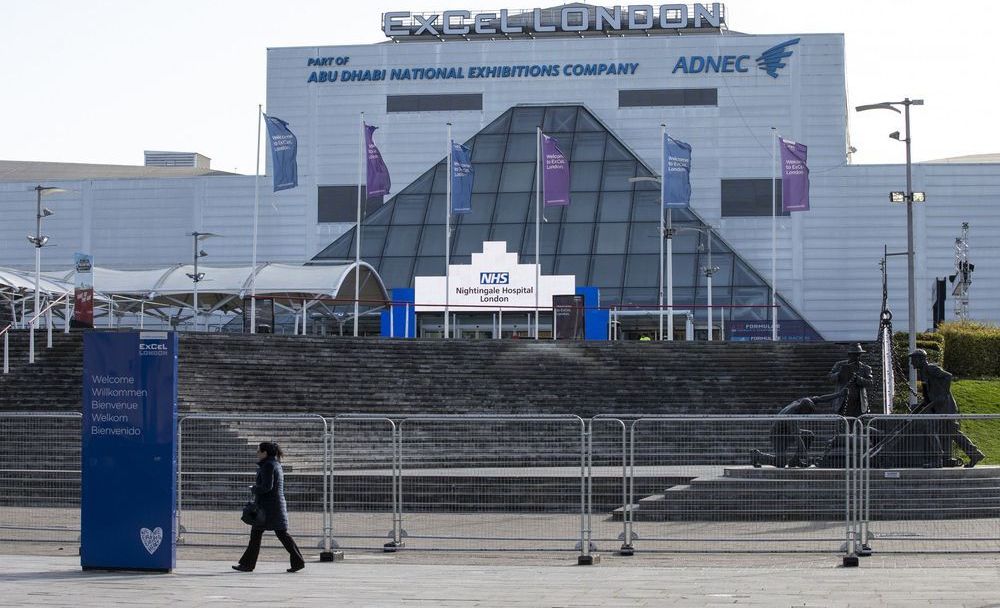THIS could be straight out of “Big Bang.” 😄.
Australian Dr Daniel Reardon ended up in hospital after inserting magnets in his nostrils while building a necklace that warns you when you touch your face.


Amazon, the e-commerce giant that has fared well financially amid the COVID-19 pandemic, is facing a bevy of worker strikes. Today, warehouse workers on Staten Island in New York walked off the job in protest of Amazon’s treatment amid the crisis.
#BREAKING: Over 100 Amazon employees at JFK8 warehouse walk off the job over @amazon’s dangerous response to protect workers from COVID19 in Staten Island.




Pluristem Therapeutics, a Haifa-based regenerative-medicine company, has treated its first three coronavirus patients in Israel with its placenta-based cell-therapy product.
“In this time of emergency, we are honored to be taking part in the global effort to support patients and healthcare systems,” Pluristem president and CEO Yaky Yanay said. Pluristem said its PLX cells are “allogeneic mesenchymal-like cells that have immunomodulatory properties,” meaning they induce the immune system’s natural regulatory T cells and M2 macrophages. The result could be the reversal of dangerous overactivation of the immune system. This would likely reduce the fatal symptoms of pneumonia and pneumonitis (general inflammation of lung tissue).
The company dosed three patients in two different hospitals in Israel under a compassionate-use program for the treatment of COVID-19. It was approved by the Health Ministry.
Pluristem expects to enroll additional Israeli patients in the coming days. The company will share updates on clinical outcomes once significant data has been gathered, it said in a press release.
All the patients who have received the therapy are high risk. They are older, have preexisting medical conditions and have been intubated with a ventilator.



UNSW material scientists have shed new light on a promising new way to store and process information in computers and electronic devices that could significantly cut down the energy required to maintain our digital lifestyles.
Skyrmions, which can be described as ‘whirl’ shaped magnetic textures at the nano-level, have in recent years been flagged as contenders for a more efficient way to store and process information. One of their advantages is that they possess a kind of built-in enhanced stability over time, making stored information non-volatile and ‘live’ longer. Up until now, information in computers is processed through dynamic memory, which is less stable and therefore requires more energy to maintain.
According to researchers from UNSW Science, who also collaborated with researchers from Brookhaven National Laboratory in the US and the University of Auckland, the potential of what they call “skyrmion lattice manipulation” to lower energy consumption in electronics is an attractive alternative.
